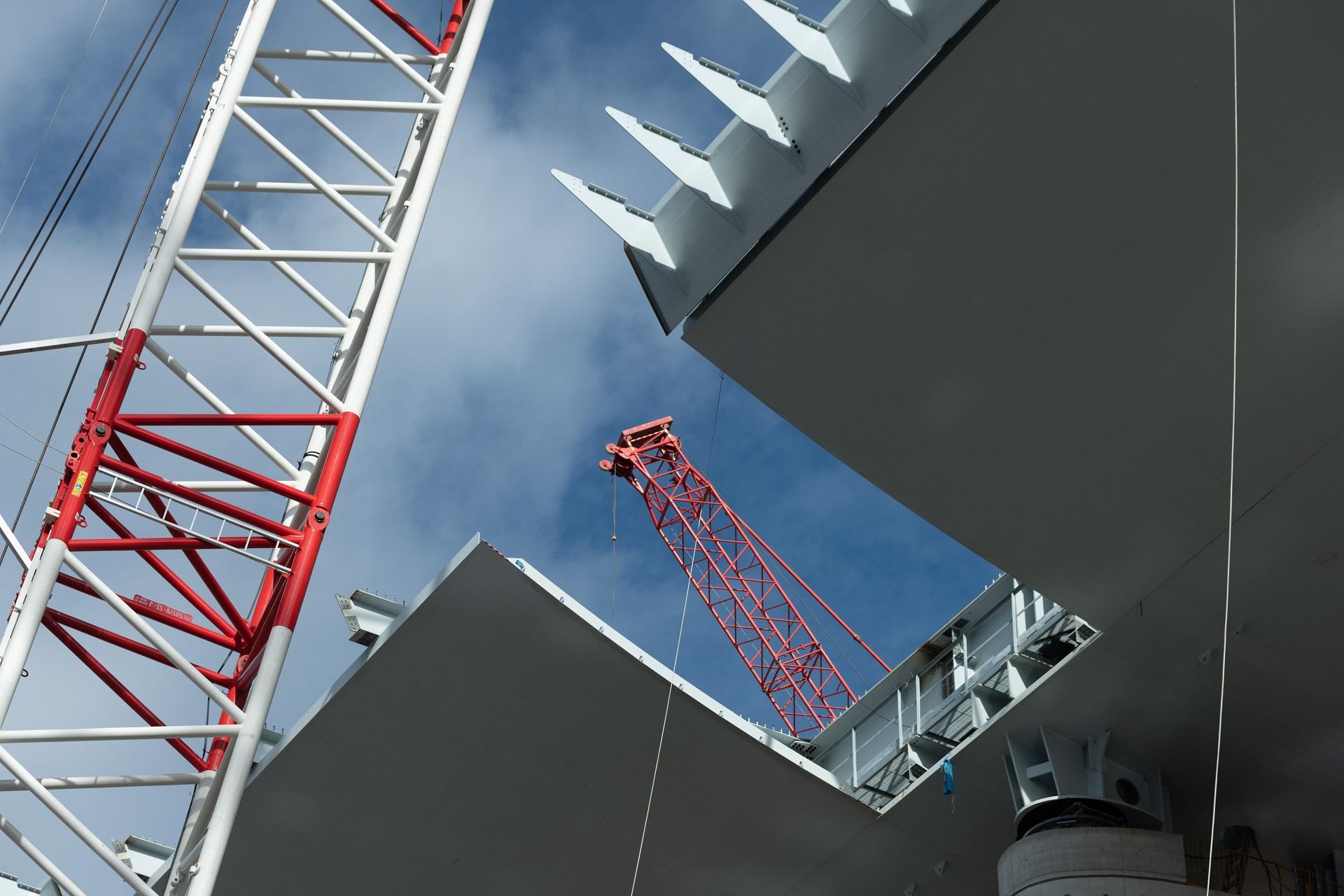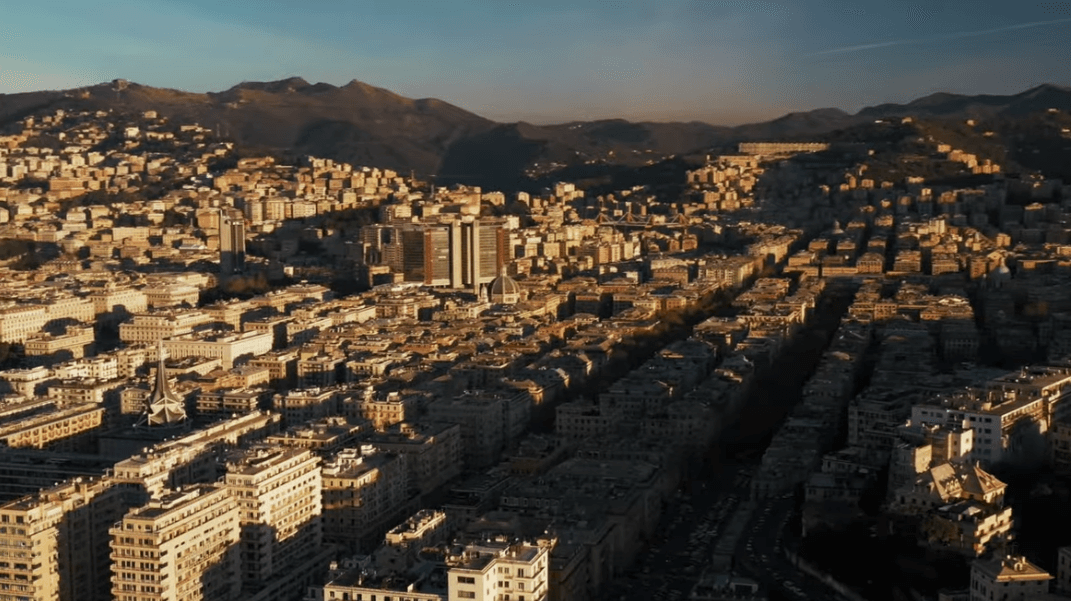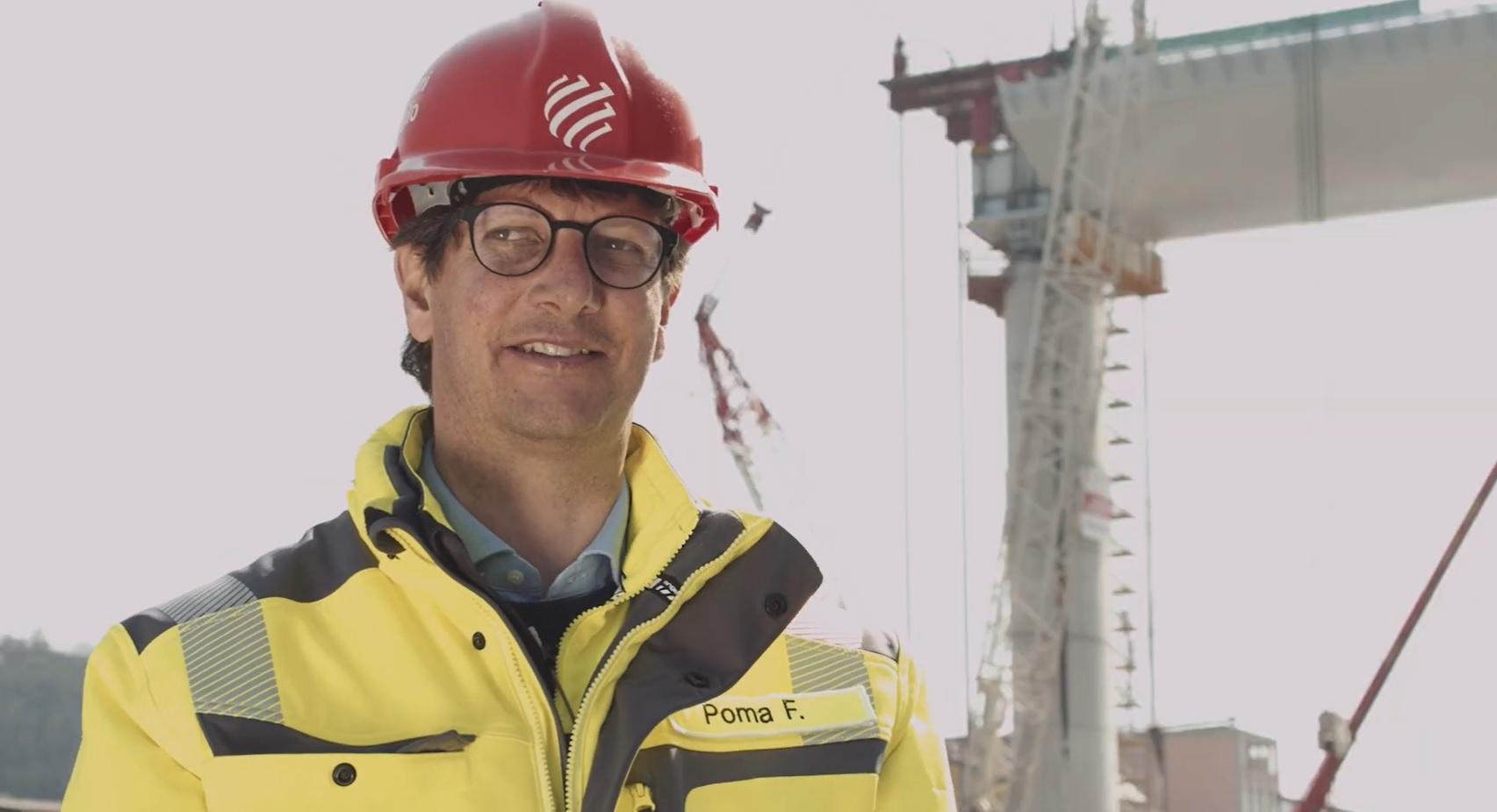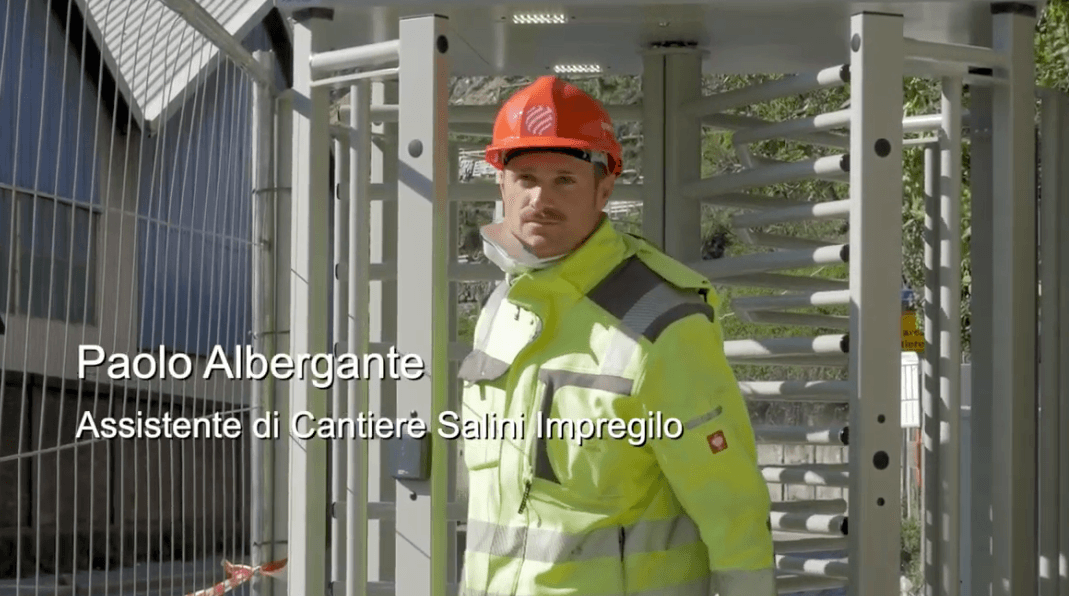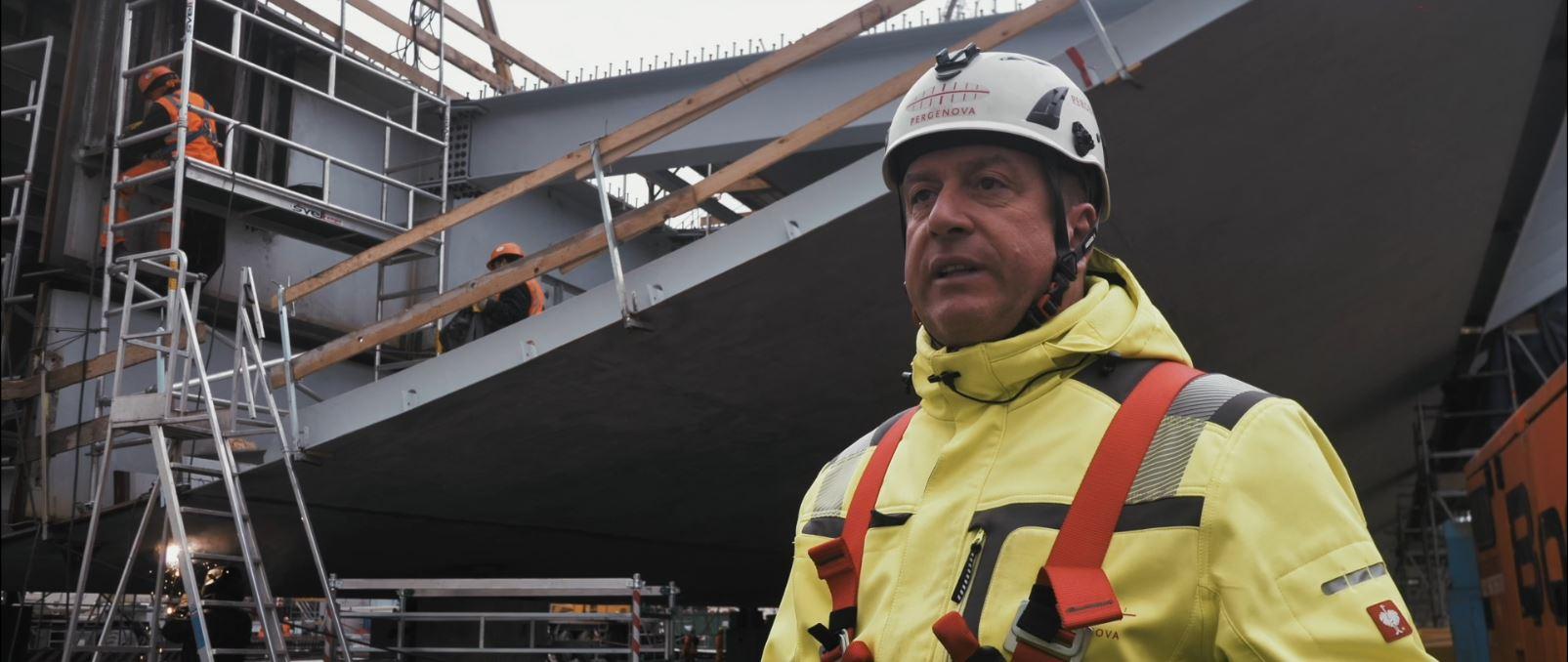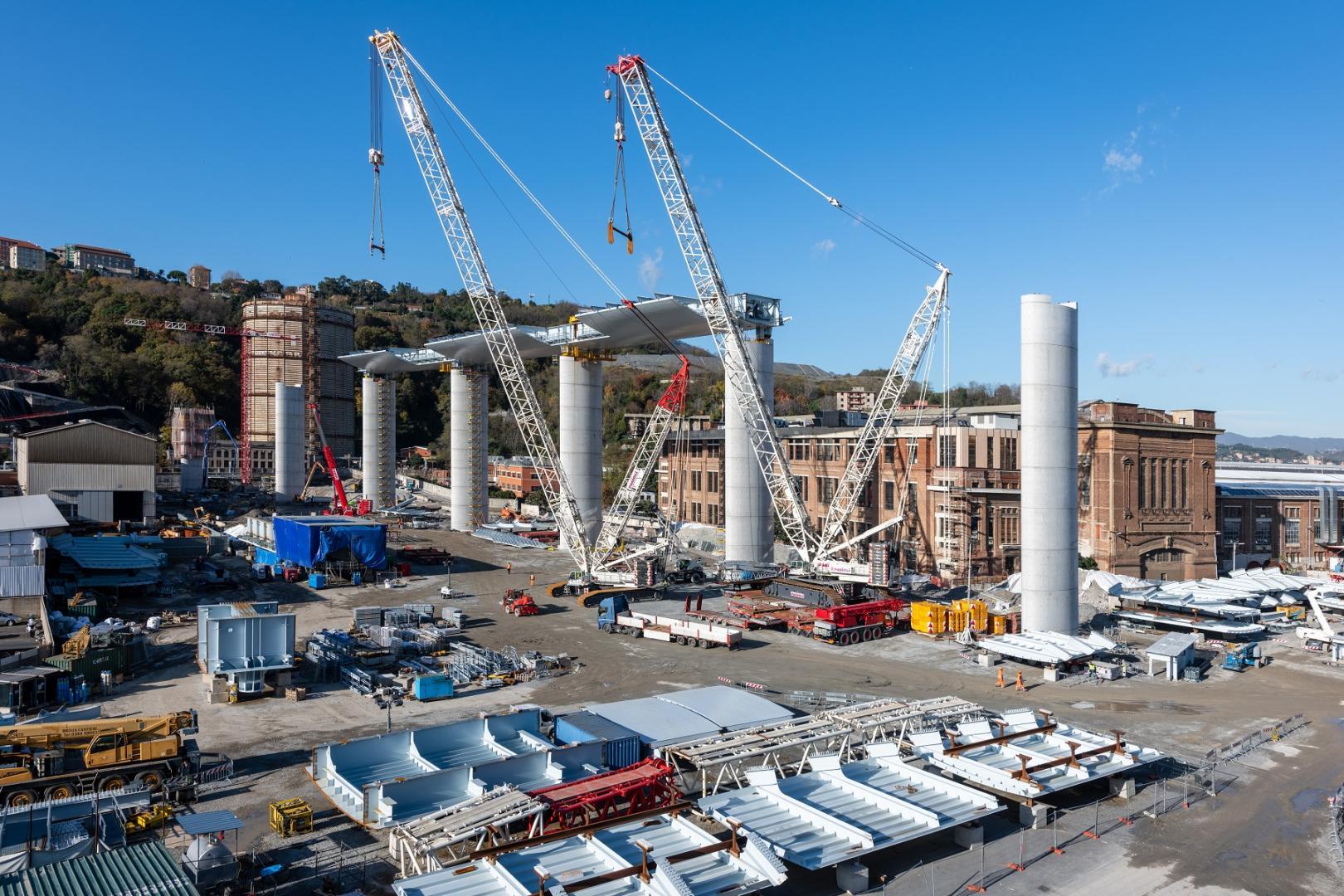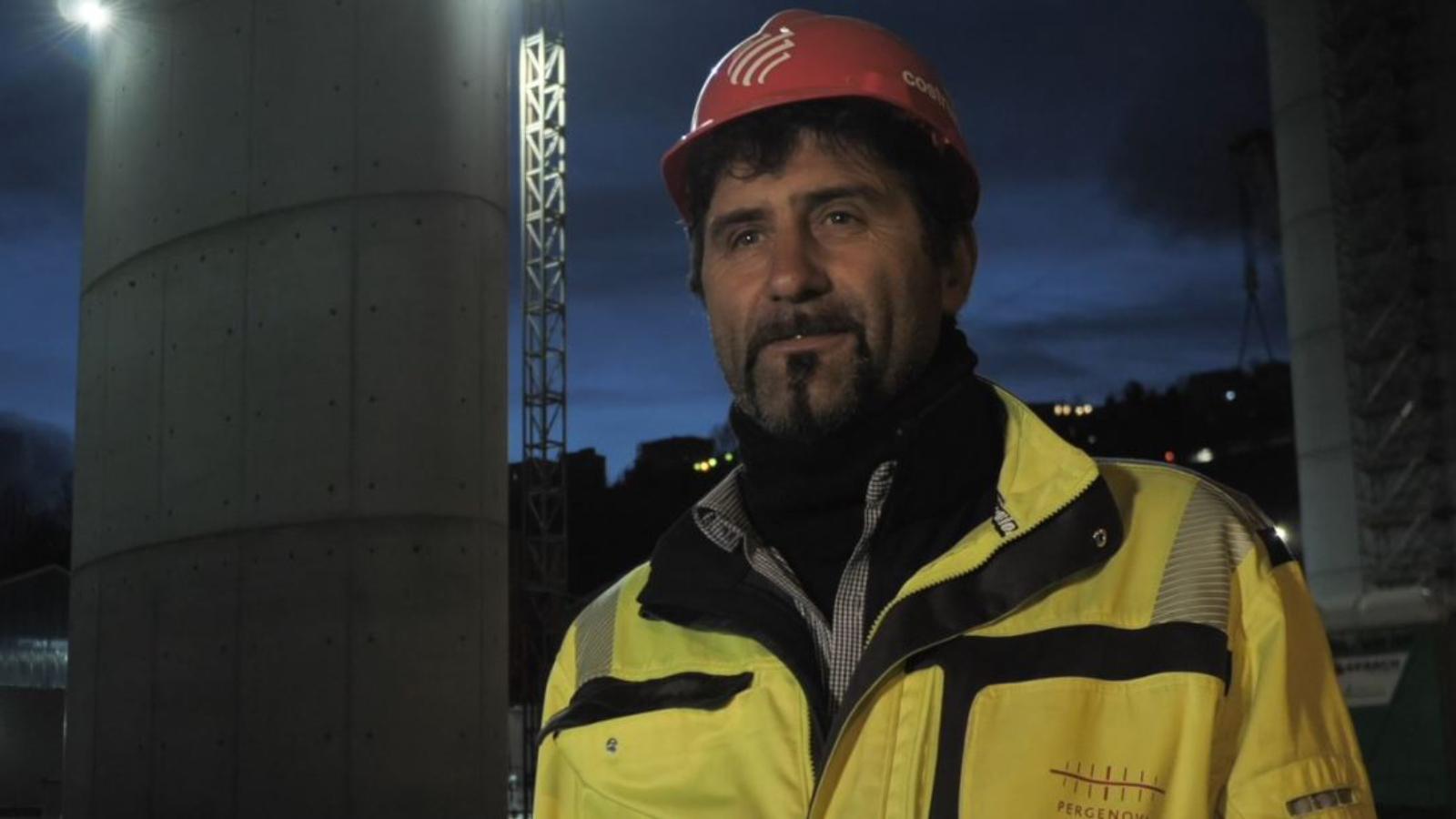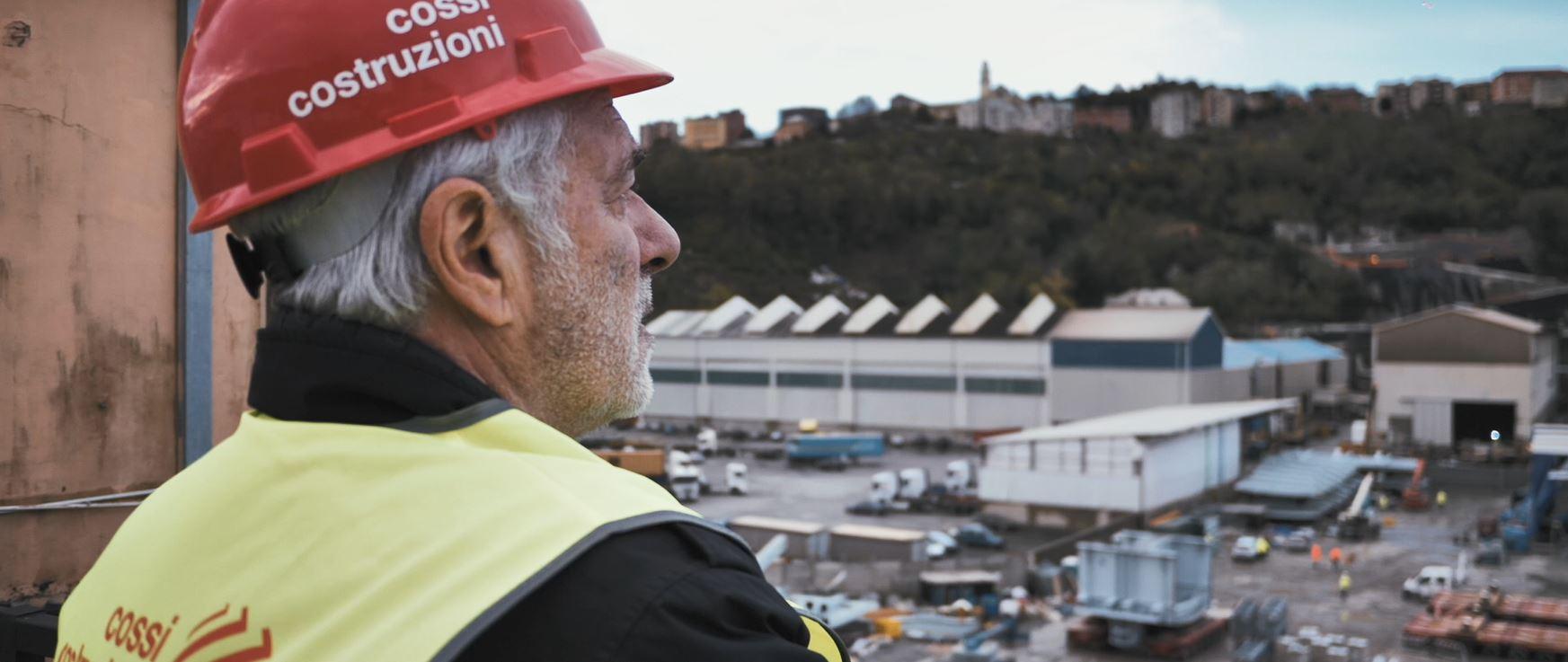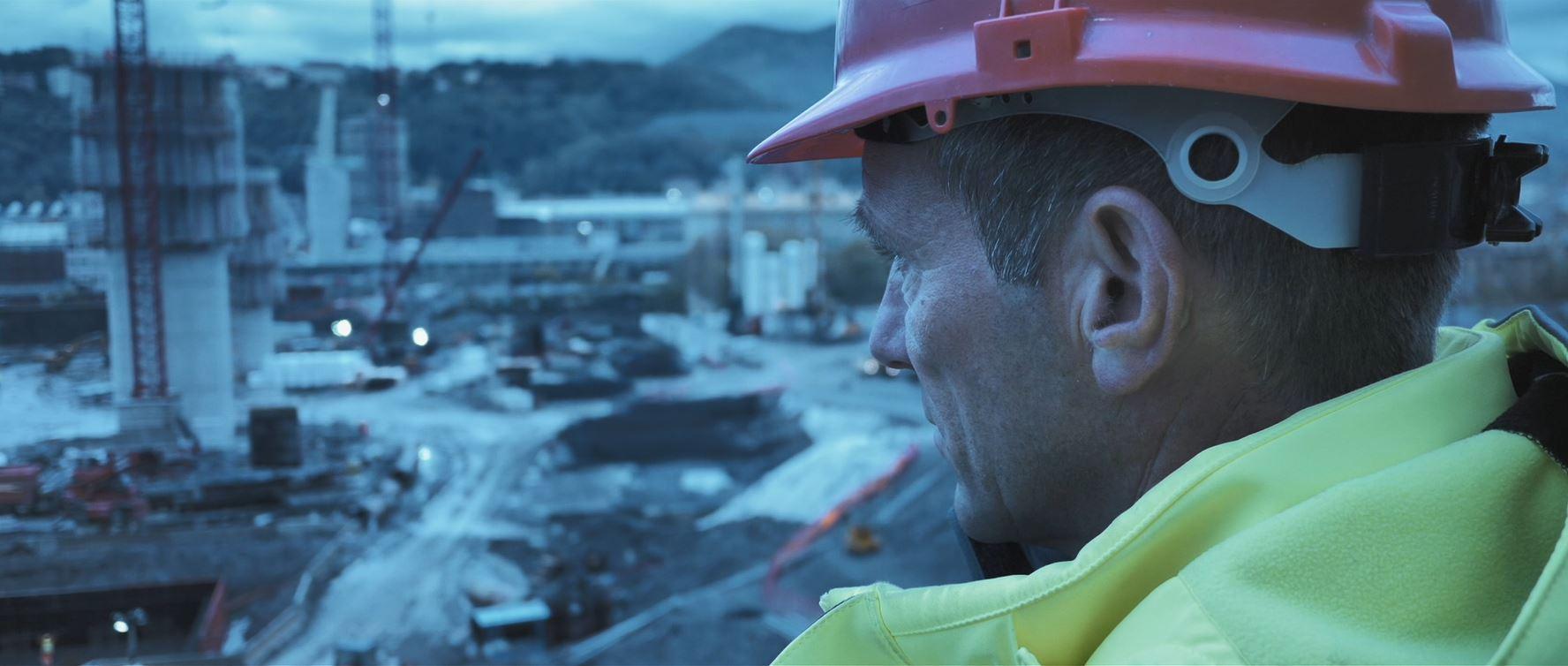Genoa Model
The Genoa Model: a success story
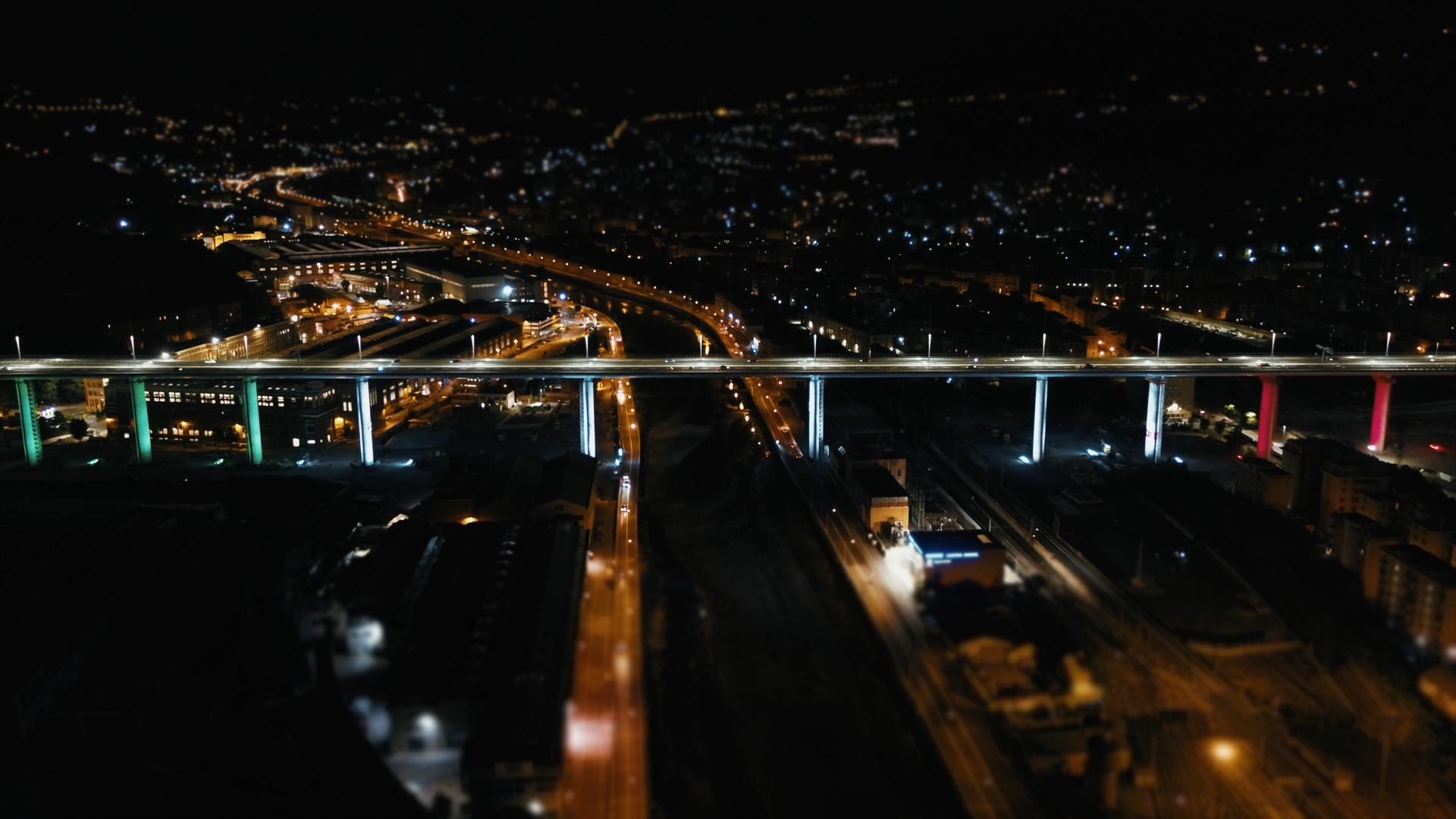
A virtuous model that made the most of the capabilities of the infrastructure sector in Italy
The new Genova San Giorgio Bridge is a sign of the desire to recover an entire country and today represents an example to follow to encourage the realization of all the great works in Italy, a real model - the "Genoa Model" - to look forward to for the revitalization of the construction sector and the Italian economy.
The bridge, whose completion was celebrated on August 3, represents a new way of building infrastructure whose efficiency of execution is based on several key factors: collaboration, trasparency, teamwork, security.
The new Bridge is an efficient model for the construction of new works, which has synergistically united all the actors involved in a joint effort between local and national institutions, businesses, trade union organizations, the territory and the community to design and build a strategic infrastructure for the country, in a medium-long term perspective. The project that led to the construction of the new bridge over the Val Polcevera is a model for the development of the territory and the entire Italian system, which through fundamental infrastructural works aims to strengthen Italy's economic and production structure, allowing new generations to see renewed opportunities to plan their future.
The new Genoa San Giorgio Bridge is one of the best examples of what a bridge means at its deepest core: Union.
“The Genova Model is the answer that we want to give to this crisis that is convulsing our country. It is the fruit of the labour of the hearts and hands of more than 1,000 people and 330 small- and medium-sized businesses that worked alongside us. It is about trust, work and the future.” Webuild said at the solemn ceremony to inaugurate the “Genova San Giorgio” Bridge.
The Genoa Model: a success story

This bridge represents a new way of doing infrastructure in Italy. It is a symbol and proof that even in Italy strategic public works can be built within the right timeframe, at the right cost and in respect of norms and safety rules. This bridge leaves us a lesson of hope for the future.
Italy’s supply chain behind the Bridge of records
330 companies - medium- and especially small-sized - from across Italy provided more than €160 million in supplies and services for the construction of Genova San Giorgio bridge. a virtuous model that made the most of the capabilities of the sector.
The level of excellence displayed by these companies represents the best of what “Made in Italy” has produced in the world of infrastructure. It is something that Webuild plans to strengthen and make more competitive in Italy and abroad.
The construction of the bridge of records, which is approaching its conclusion about a year since the first pouring of concrete, allowed hundreds of contractors and subcontractors to apply their highly specialised skills to one of the most iconic projects in Italy. From the excavation work for the bridge’s foundations to the transport of deck spans reaching 100 metres in length along the roads of Genova, from the construction of sophisticated light posts to the development and installation of solar panels, there are more than 40 trades working together under Webuild’s supervision. In Genoa, the Group applied a fast-track model that had many workstations operate in parallel throughout the construction site. It managed every one of them in an efficient and integrated way. In the final phase of the construction of the bridge ahead of the inauguration, some 40 teams with a total of more than 200 people are working on the bridge.
Companies from Genoa and Liguria were among those from northern Italy that took part in the project, much like others from southern Italy, such as Faver of Bari, which built the 18 light posts. Each 28 metres in height, they will illuminate the infrastructure in a scenic context, becoming a key feature of the bridge. Among the suppliers there was Acciaierie Valbruna, an Italian excellence in the production of specialised steel since 1925. Bosco Italia is installing safety barriers as well as solar panels that will make the bridge energy self-sufficient. Akron and Geoinvest were the specialists in geophysics that performed the geological tests, while Drafinsub inspected and cleared any unexploded ordnances from previous wars that might have been found buried at the site, as is done at any construction site. At the Politecnico di Milano university, the bridge’s structure was tested in its wind tunnels.
Genova San Giorgio Bridge: Italy’s supply chain behind the Bridge of records built by Webuild

Genoa is a source of pride and example of italian excellence. The Genoa Model reflects the pragmatism of the Genovese, the sort of pragmatism that gets things done without saying too many words. We have to apply this model elsewhere in Italy in such a way that all interested parties work together in developing public works
